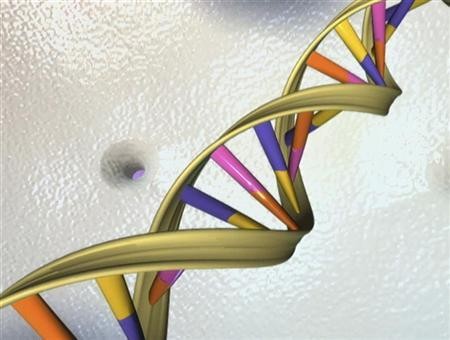The dispute between Columbia University and Illumina Inc. raises questions about the rules and principles governing simultaneous inventions, since Illumina took on the argument at The United States Court of Appeals for the Federal Circuit.
The 2014 dispute has lead to conclusions that patent inventors should take caution when it comes to patent filing. The main dispute revolves around whether or not Illumina used Columbia University patents in goals to attain commercial success. The dispute includes three patents: U.S. Patent No.7,713,698, U.S. Patent No. 8,088,575, and U.S. Patent No. 7,790,869.
On March 26, 2012, Columbia University sued Illumina Inc. with claims that Illumina had been using their patents. According to Bloomberg Business, the University claimed that Illumina is wrongly using their technology for commercial success.
New York's Columbia claimed that the patents are very important in the attempts to use DNA sequence information on the basis of individualized health care. Therefore, they asked for a royalties damage award and an immediate termination of Illumina's use of the patents.
The case filed against Illumina in the District Court in Wilmington, Delaware, stated that Illumina Inc. had their next-generation-sequencing products commercialized even though the company was aware that the patents were Columbia's property.
Furthermore, the Universiy of Columbia supported their case in asserting that every patent has had several inventors, including Jingyue Ju, Columbia's chemical engineering professor. Illumina considered the dispute as being unfounded and has stated that they would defend their interests.
On the other hand, the issue that emerged in discussion of secondary considerations is the issue of simultaneous invention. According to Pharma Patents, simultaneous invention is considered to be relevant when it occurs within a short time period from the date of invention.
As opposed to determination of obviousness where the court has to answer the question of the invention's obviousness, simultaneous invention shows what has been accomplished in the field of invention.
However, it was noted that Illumina did not present its argument of simultaneous invention to the PTAB, and therefore, with the record not being fully developed, the simultaneous invention evidence presented modestly contributes to the principle of obviousness.
The question that arises from the issue of simultaneous invention is whether inventors need to be worried about others who file for the same patents after them. Since it is important to be the one who first filed a patent, the possibility that a patent might have multiple inventors with the simultaneous invention principle is becoming troublesome.



























